
Les Arbres Boivent De L’eau Dans Les Roches
Science and Vie Magazine (Dec 2021)
Check out my paper (published in Nature, September, 2021) where we use a combination of field and remotely sensed data to estimate the extent and frequency of bedrock water use by woody plants across the continental U.S. We find that forests commonly exist on shallow soils underlain by bedrock and that bedrock water, in the form of rock moisture and groundwater, is likely a critical source for transpiration for many ecosystems.
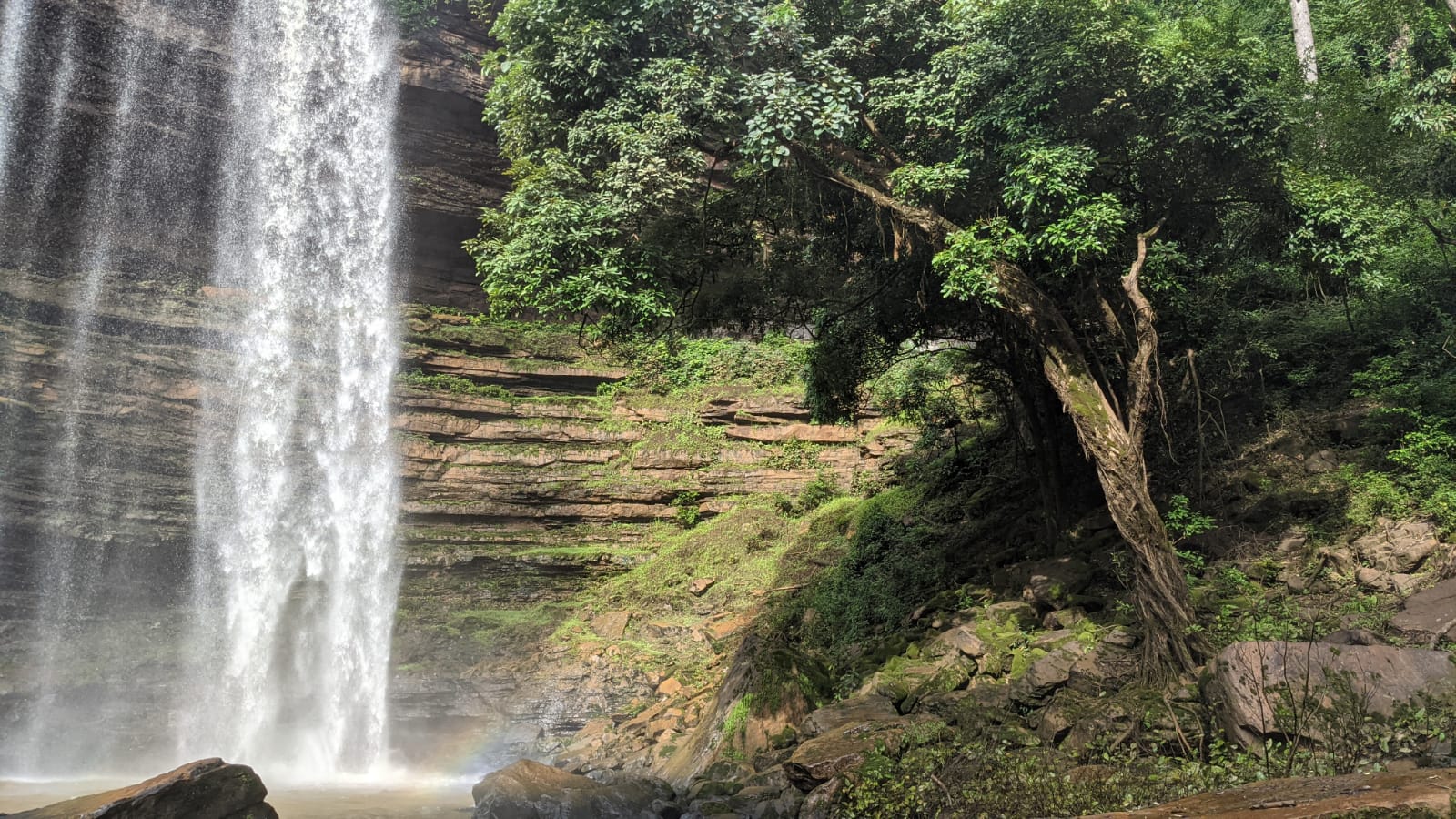
I am a third-year PhD Candidate in the Konings Remote Sensing Ecohydrology Group at the Stanford Doerr School of Sustainability in the Department of Earth System Science. I am an NSF GRFP recipient and a Stanford 2024-2026 DARE Fellow (Diversying Academia, Recruiting Excellence).
I grew up on a horse ranch in northeast Texas and went to boarding school at Phillips Exeter Academy in New Hampshire, where I graduated in 2016. I received my B.S. in 2020 from the University of Texas at Austin in Environmental Science (Geology Track) and stayed at UT as a full-time researcher in Daniella Rempe's group before coming to Stanford in 2022.
My research uses satellite remote sensing to understand where, when, and why vegetation accesses water stored in weathered bedrock (as opposed to soils) and what the implications of rock moisture are for forest resilience to climate change. In my free time, I get outside as much as possible, play fetch with my dog, play bluegrass and folk music, and dabble in ceramics and fiber arts!
Contact me at ericamcc [at] stanford [dot] edu
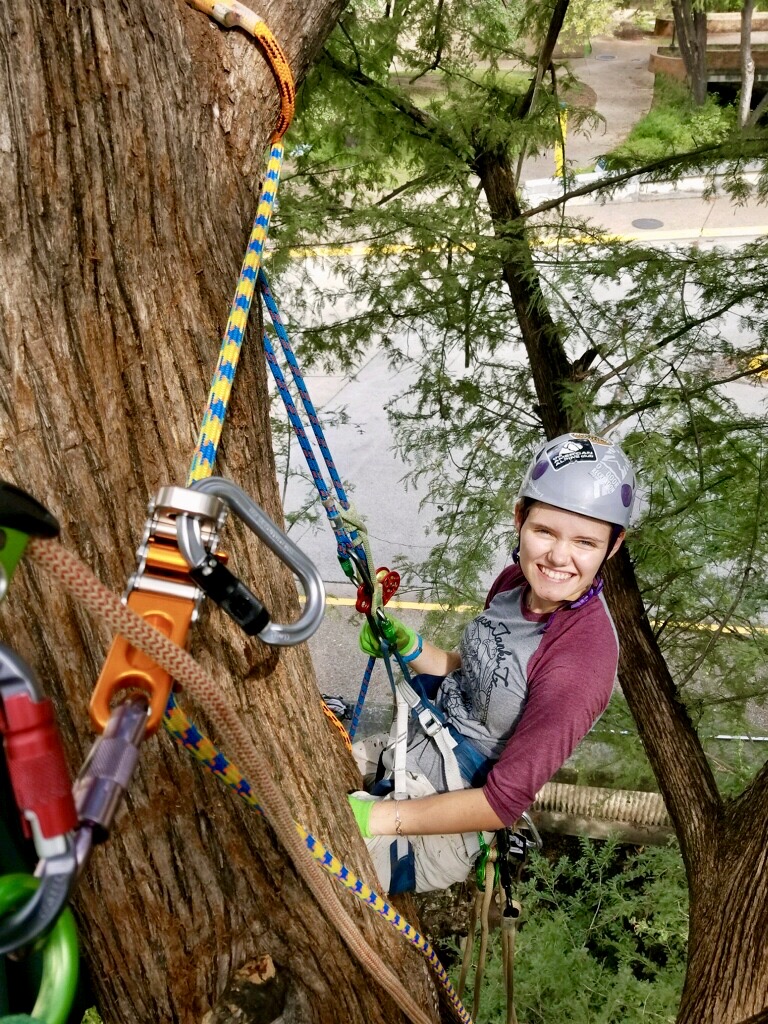
D. M. Rempe*, E. L. McCormick*, W. J. Hahm, G. Persad, C. Cummins, D. A. Lapides, K. D. Chadwick, D. Dralle. Resilience of woody ecosystems to precipitation variability. (In Prep) 10.31223/X5XW7D. [pdf] *co-first author
E. L. McCormick, L. E. Sanders, K. A. McColl, A. G. Konings. Triple collocation validates CONUS-wide evapotranspiration inferred from atmospheric conditions. (Submitted). Hydrology and Earth System Sciences.
E. L. McCormick, C. A. Famiglietti, D. Feng, A. M. Michalak, A. G. Konings. Susceptibility to photosynthesis suppression from extreme storms is highly site-dependent. (2025). Global Change Biology. 10.1111/gcb.70257. [pdf]
M. Zhao, E. L. McCormick, G. A, A. G. Konings, B. Li. Substantial root-zone water storage capacity observed by GRACE and GRACE/FO. (2025). Hydrology and Earth System Sciences. 10.5194/hess-29-2293-2025. [pdf]
A.G. Konings, K. Rao, E. L. McCormick, A.T. Trugman, A.P. Williams, N.S. Diffenbaugh, M. Yebra, M. Zhao (2024) Species cover explains only half of spatial variability in plant water sensitivity. Global Change Biology. 10.1111/gcb.17425. [pdf]
W. J. Hahm, D. A. Lapides, D. M. Rempe, E. L. McCormick, D. Dralle. The age of evapotranspiration: lower-bound constraints from distributed water fluxes across the continental United States. Water Resources Research (2022). 10.1029/2022WR032961. [pdf]
E. L. McCormick, D. Dralle, W. J. Hahm, A. Tune, L. Schmidt, K. D. Chadwick, D. M. Rempe. (2021) Evidence for widespread woody plant use of water stored in bedrock.Nature. 10.1038/s41586-021-03761-3. [pdf] [Scientific American highlight, Eos spotlight, UT Austin News, Simon Fraser University News]
Dralle, W.J. Hahm, K. Dana Chadwick, E. L. McCormick, D. M. Rempe. (2021) Technical note: Accounting for snow in the estimation of root-zone water storage capacity from precipitation and evapotranspiration fluxes. Hydrology and Earth System Sciences. 10.5194/hess-25-2861-2021. [pdf]
Matheny, A.M., P. Marchetto, J. Powell, A. Rechner, J.-Y. Chuah, E. L. McCormick, S. Pierce (2019) LEAF: Logger for Ecological and Atmospheric Factors. HardwareX. 10.1016/j.ohx.2019.e00079. [pdf]
Mursinna, A.R., E. L. McCormick, K. Van Horn, L. Sartin, A.M. Matheny (2018) Plant hydraulic trait covariation: a global meta-analysis to reduce degrees of freedom in trait-based hydrologic models. Forests.10.3390/f9080446. Cover Article. [pdf]

Science and Vie Magazine (Dec 2021)
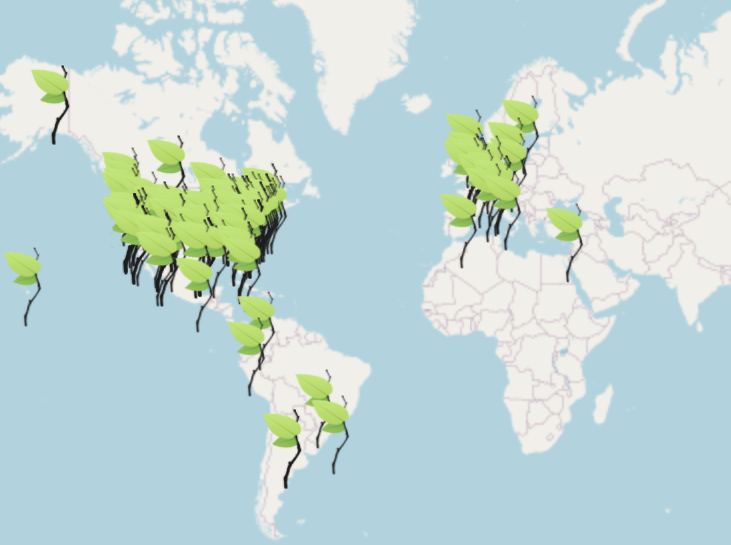
American Geophysical Union (11/22/21)
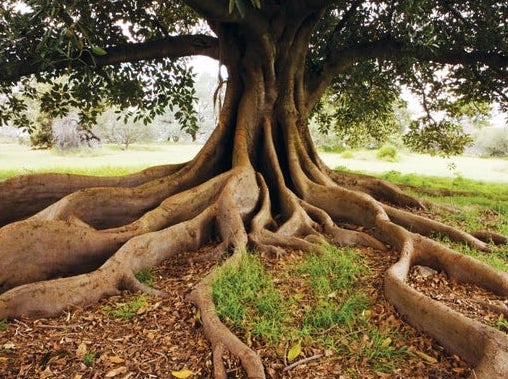
Scientific American (Dec, 2021)
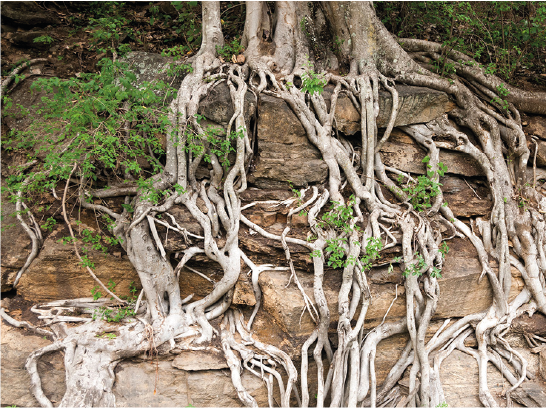
Eos (October 18, 2021)
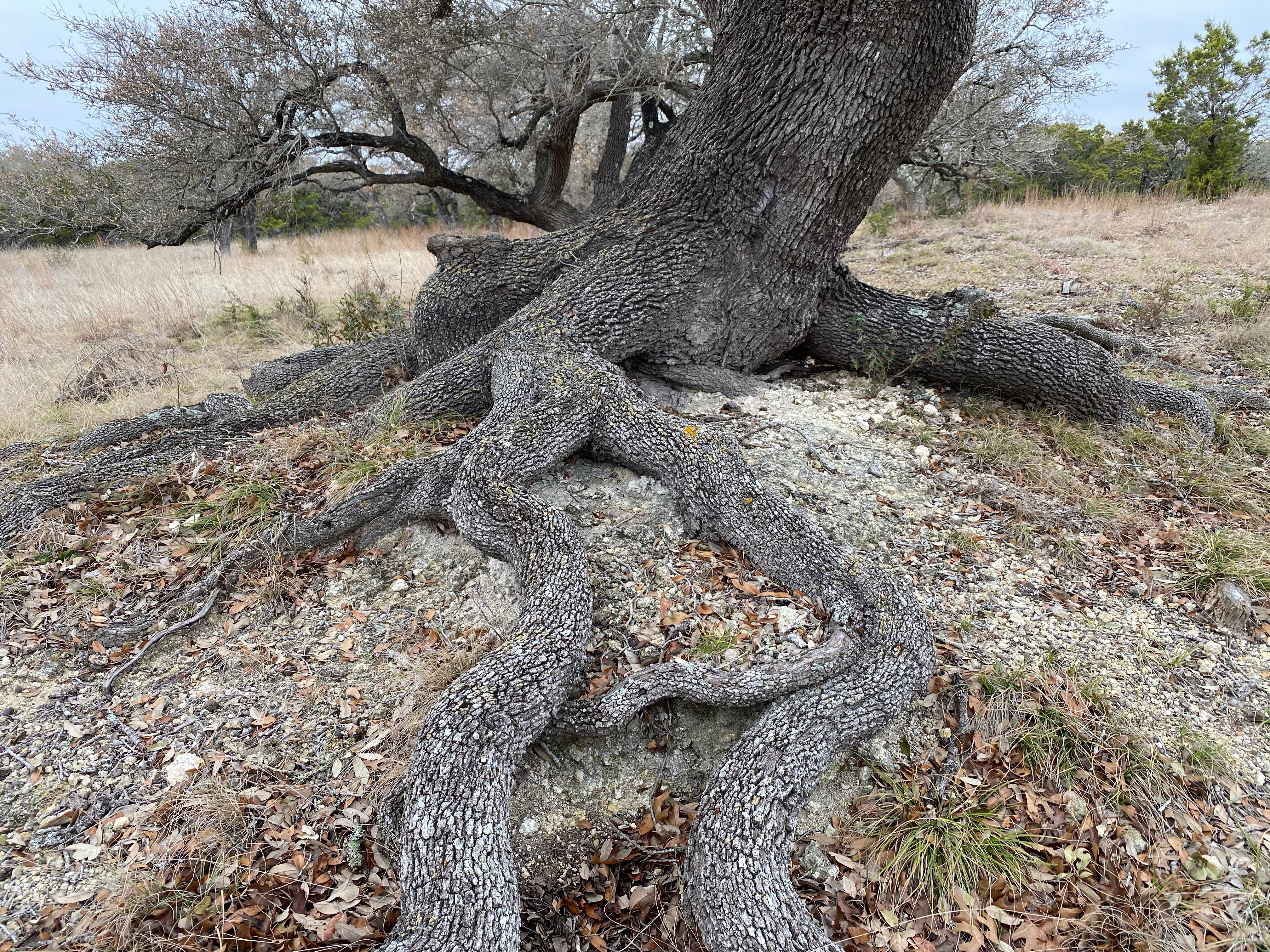
University of Texas (September 8, 2021)
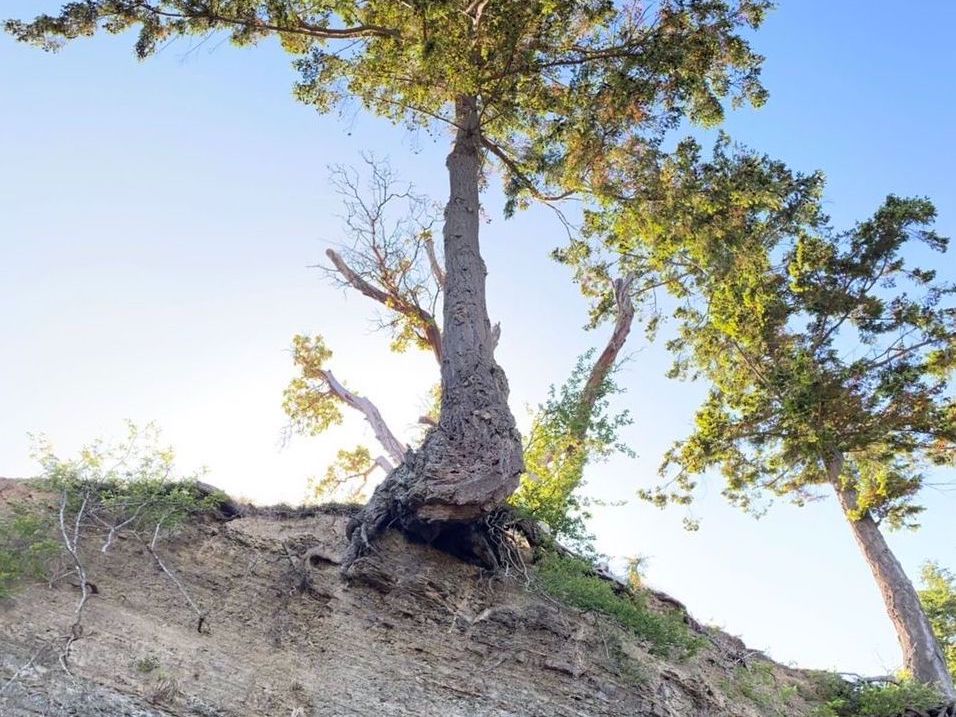
Simon Fraser University (September 8, 2021)